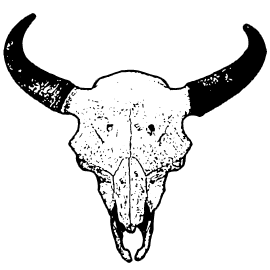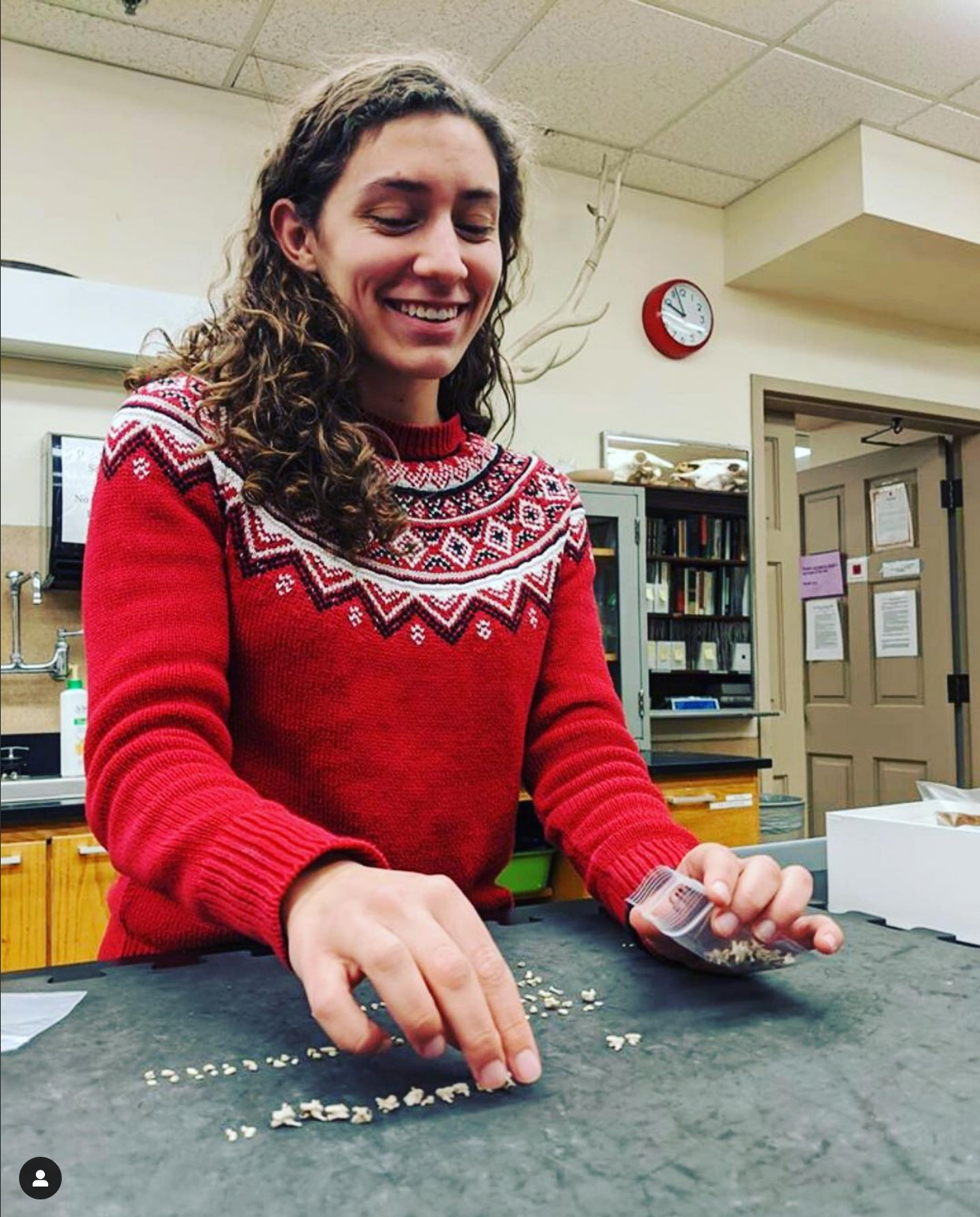WRAZL teaching functions can be split into "formal learning" (classroom activities) and "informal learning" (volunteering, internships, and independent studies). Courses which use WRAZL collections most often are those in the Anthropology Department covering the fundamentals of the identification of bone and bone fragments and the interpretation of their significance. However, courses in other departments have used our specimens as well, such as paleontology courses in the Department of Earth and Atmospheric Science and studio art courses in the Eskenazi School of Art, Architecture, and Design. Students in many other disciplines have used WRAZL specimens, including medicine, biology, dentistry, museum studies, forensics, geology, physical education, business, literature, and music.
Students who engage in informal learning in our lab have a wide variety of skulls they may learn. These can include specimen processing, learning vertebrate anatomy, specimen photography, basic collections care and management, outreach, and exhibit design. Many of these skills are transferrable to other career paths they may end up on. Activities like these also instill in them an awareness and appreciation for the tremendous amount of work and expense that is involved in museum work.




